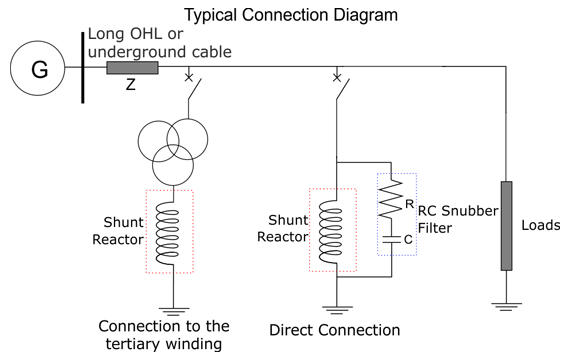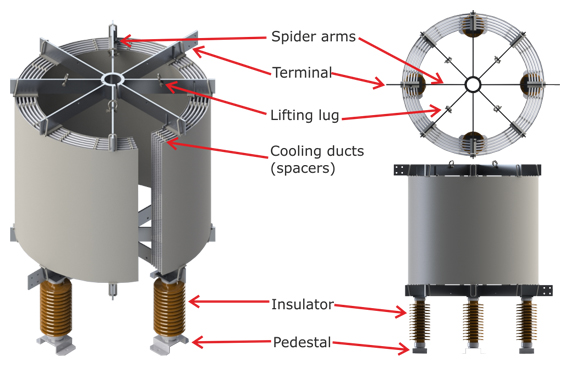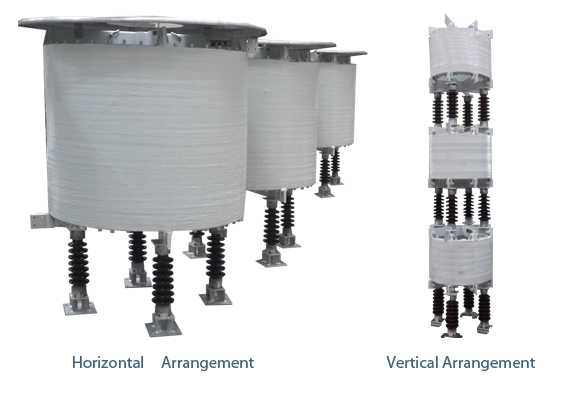Shunt Reactors act as absorbers of reactive power to increase energy efficiency in the power system.
Shunt Reactors are inductors that are used in order to compensate capacitive reactive power generated by long and lightly loaded transmission lines as well as underground cables. This allows for the flow of more active power through the system and avoiding over voltages. The shunt reactors provide inductive compensation.
Shunt reactors are connected to the tertiary winding of the main transformer or they are directly connected to the line. In high power and high voltage systems, shunt reactors should be used with RC snubber filters because in such systems switching transient voltages are extremely high and the switching equipments are prone to failure.
Advantages
- Air core, dry type construction
- Limited temperature rise enables longer lifetime
- Special surface protection against UV and pollution Class IV areas
- Maintenance-free design
- Epoxy impregnated, fiberglass encapsulated winding
- Low losses
- Low noise level
Typical Applications
Shunt reactors are mainly used for reactive power compensation of long or lightly loaded transmission lines as well as underground cables used in:
- Wind Farms
- Subways
- Urban Distribution Systems
- Industrial Zones
- University Campuses
- Substations







